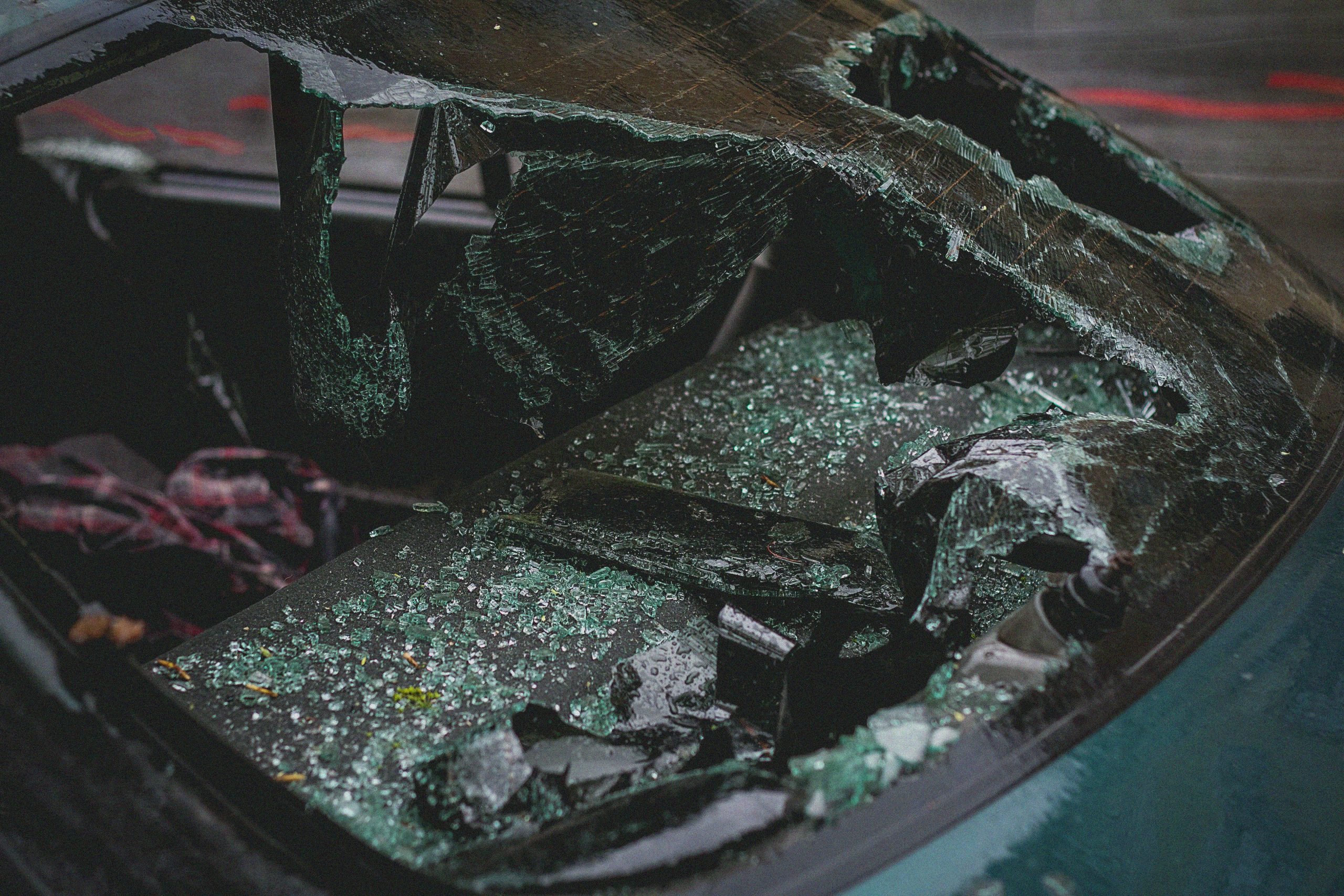Understanding Liability and Navigating Insurance Disputes After a Motorcycle Accident
In the aftermath of a tragic motorcycle collision involving my father, I find myself seeking guidance on how to best protect his interests. The incident was initially reported with my father at fault, but recent developments have significantly shifted the narrative, revealing key evidence that supports his innocence.
The Initial Incident and Report
According to the initial police report, my father was accused of failing to yield, which led to a T-bone collision with a motorcyclist who was traveling at high speed. Witness accounts indicated that the motorcyclist was weaving between vehicles and exceeding speed limits. Sadly, the motorcyclist did not survive the accident, complicating the investigation with additional considerations.
Uncovering the Truth with Further Investigation
Subsequent reviews by the special investigations unit uncovered critical evidence: the motorcyclist was driving at nearly double the speed limit at the time of impact, reaching speeds of approximately 150 mph in a residential area. This information was corroborated by video footage tied to the motorcyclist’s social media presence, where he had publicly posted videos of reckless driving, including speeds three times the legal limit. Although we are still awaiting access to the video evidence stored by authorities, the case against the motorcyclist’s presumed reckless behavior is strengthening.
Insurance Response and Legal Challenges
Currently, my father’s insurance company has proposed an even split of responsibility, citing a 50/50 liability agreement. However, this proposal was made prior to the receipt of the updated police report and video evidence that clearly indicate the motorcyclist’s excessive speed and negligence. We have requested that the insurance halt all communication with the motorcyclist’s legal team until all evidence is thoroughly reviewed, but concerns remain about whether this step is too late. There is apprehension that the other party’s attorney may interpret the insurance’s willingness to accept 50/50 liability as a sign of weakness, potentially jeopardizing our position.
Next Steps and Recommendations
Given the circumstances, here are some strategies to consider:
-
** communicate Clearly with the Insurance Company:**
Request an official hold on any settlement negotiations or claims correspondence until the evidence has been fully evaluated. Emphasize the importance of basing liability determinations on verified facts, especially video footage and speed data. -
Gather and Present Evidence:
Maintain copies of all videos, witness statements, and police reports. If possible, expedite the review of the video evidence



